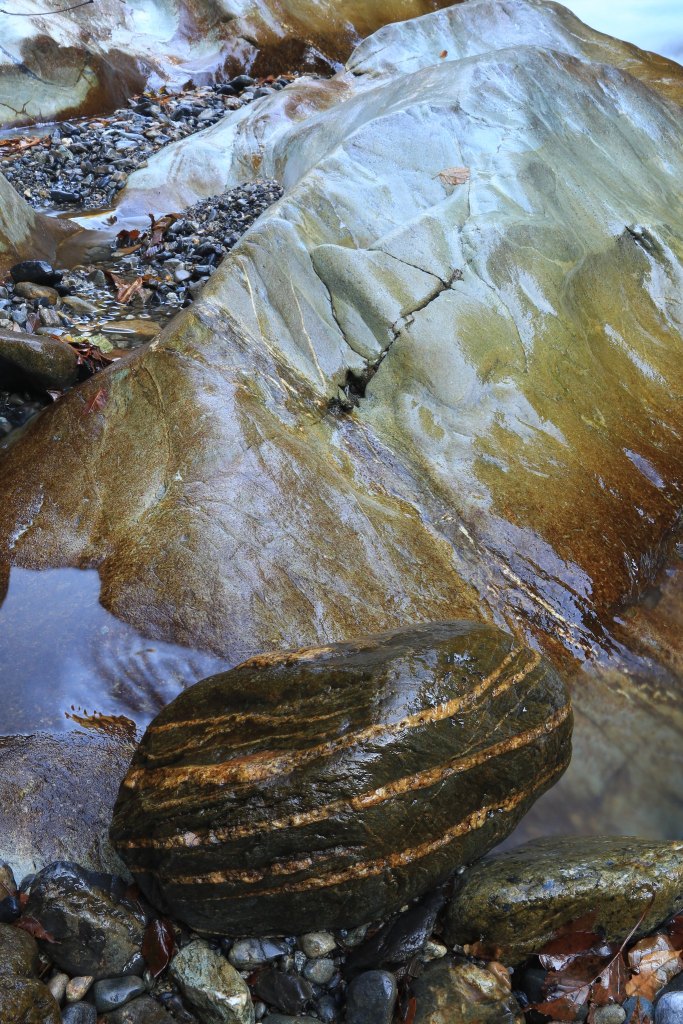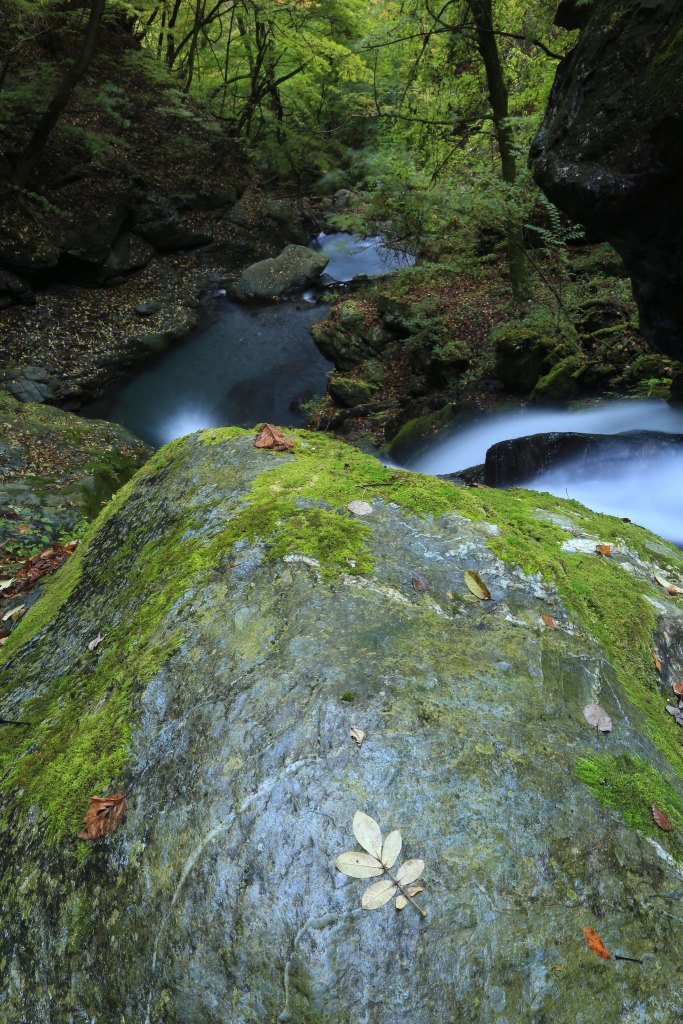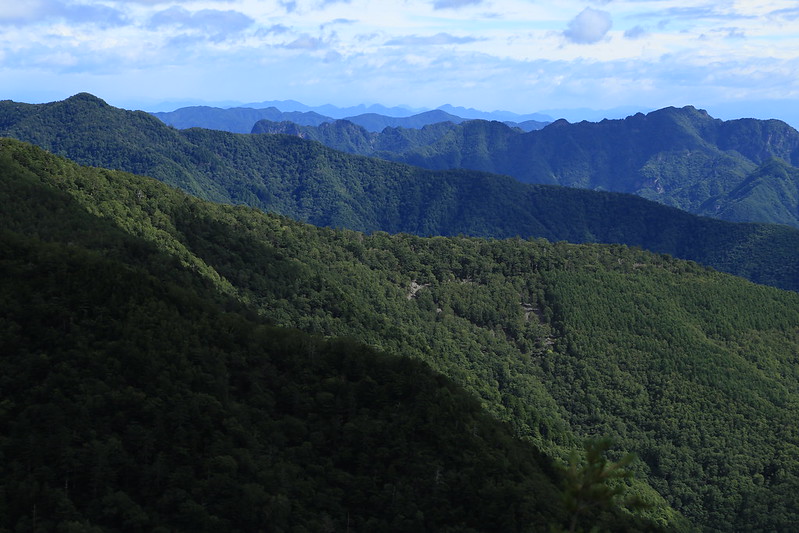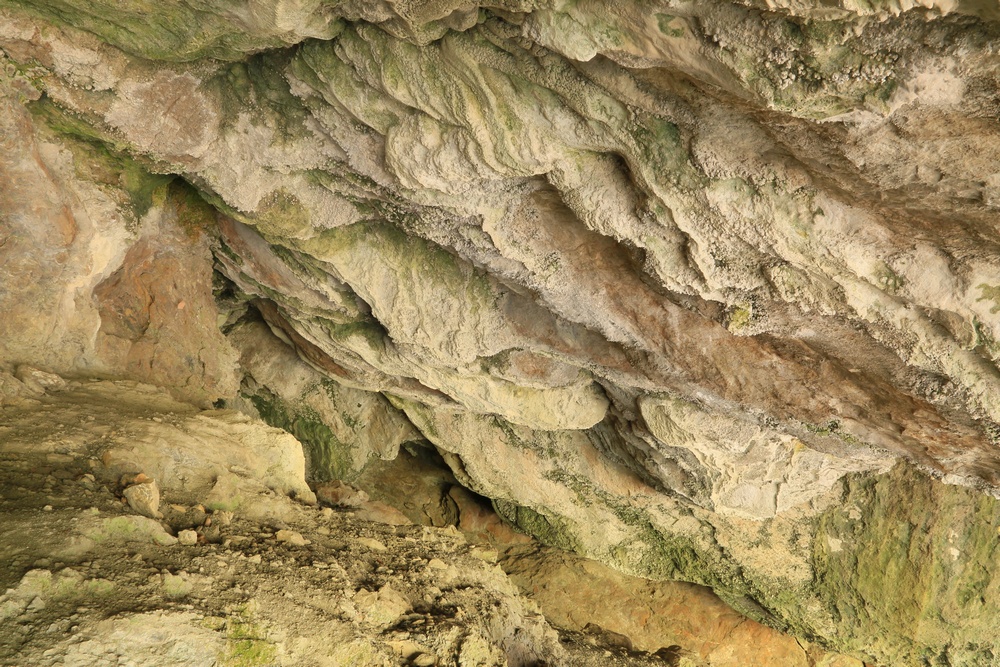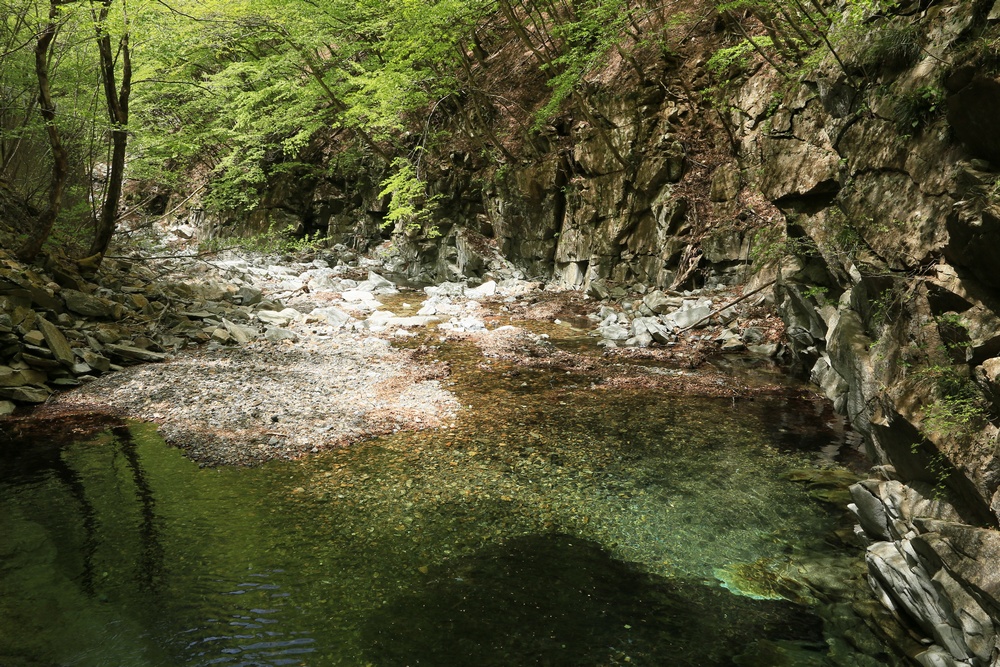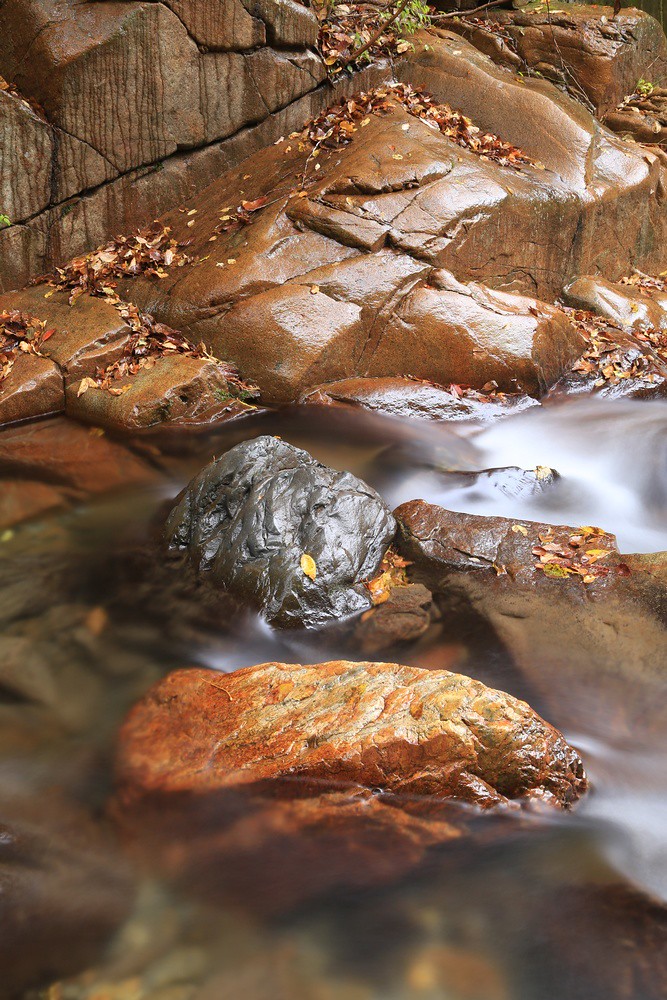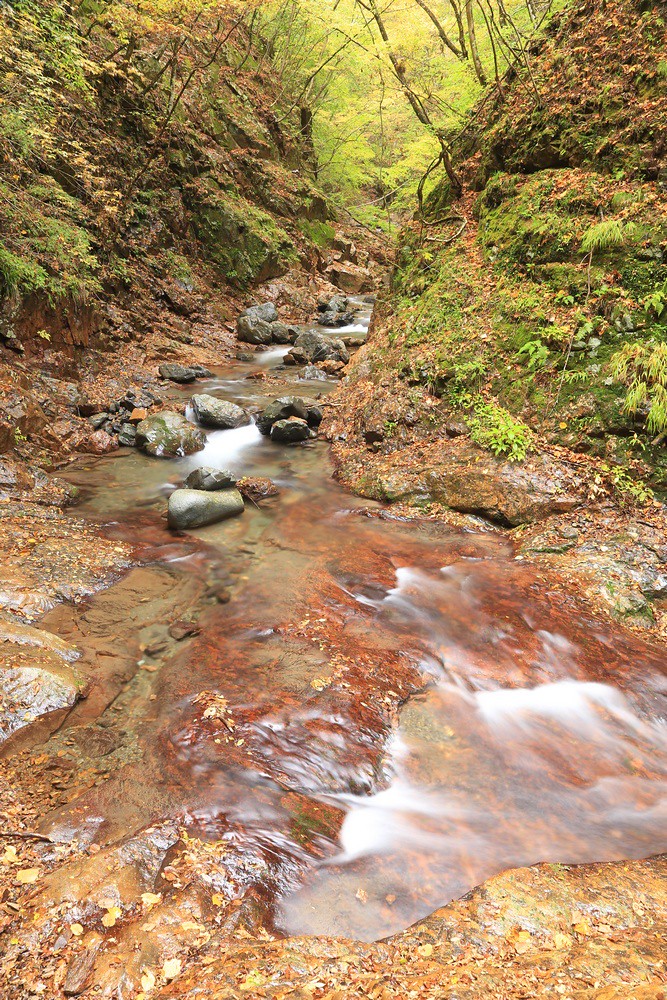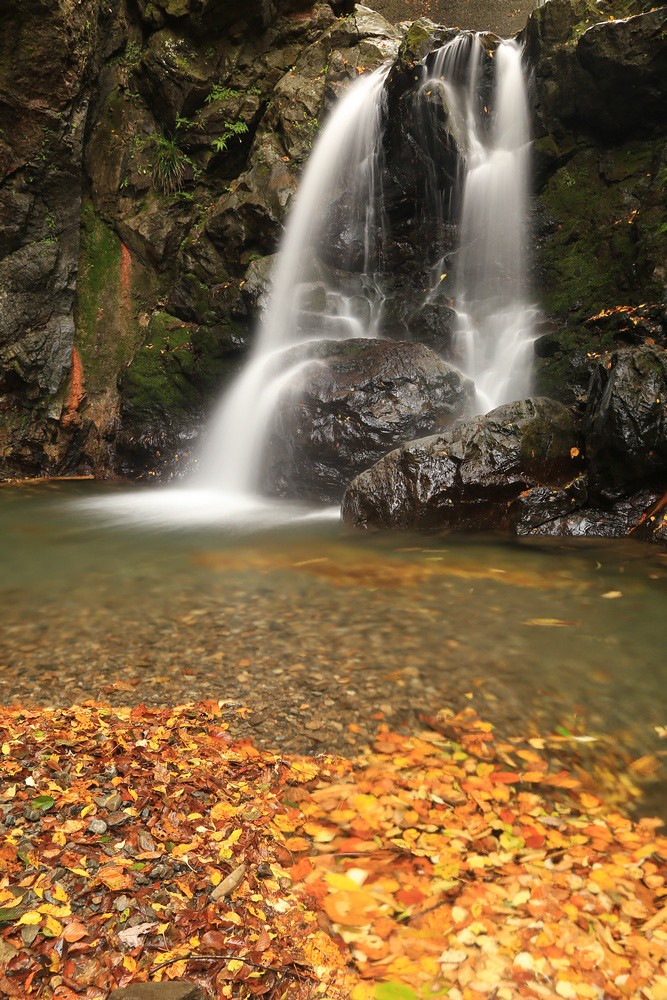For some reason, I am a little interested in the Flat Earth believers, their reasons for believing the earth is flat. It is a curious thing for me because it goes against all I’ve read and experienced as an outdoor photographer, and yet there seem to be enough people who believe in the Flat Earth model that it makes me wonder why.
If their reasoning is religious then I can hardly argue. Following the “Written word of the holy scriptures” leaves no room for alternative views. In many of the Flat Earth video debunking videos I have seen, a lot of the Flat Earth believers clearly state their belief is founded in their Christian faith. A scientific argument holds no water with them. The Bible says it’s so (or they infer from the text that it is so because a lot of things are not clearly stated as in a scientific paper) and therefore any statement to the contrary is incorrect. Fair enough. They can have it then.
But many Flat Earth believers claim they have scientific evidence to support their model of a flat earth. There are plenty of videos out there of people explaining their models, and these fall in two groups: the fringe folks whose models are very personal views (such as the fellow who said the entire Flat Earth was on the floor of a giant crater), and those who are looking for a standard model that all Flat Earth supporters can claim is the true representation of the earth.
In the videos I have seen (debunked) and some of the discussions on Quora, the arguments for a Flat Earth have three basic approaches.
First: Deny anything that NASA shows us. It seems that all data from NASA is faked and that everything we know about the earth and the cosmos comes from NASA. Never mind the European Space Agency, JAXA in Japan, the Chinese efforts, or even the data acquired by Soviet scientists. In the end, it’s NASA that controls all of our information about the earth and space, and NASA is vilified as the Great Deceiver, the equivalent of the Devil. One FE supporter on Quora told me that NASA is run by the Luciferians and he referred to NASA as NASatan. Well, right there we are bringing religion into the argument and that just doesn’t hold up in a scientifically based argument because science is about observation and research and religion is about belief and mythology.
The question I ask is why? Why spend billions of dollars on feeding the populace with false information? In other cases, the purpose is for control. It doesn’t matter if it’s a totalitarian government or a religious cult or even the Holy Roman Catholic Church, forcing people to believe a certain truth is usually for the purpose of controlling a population. What control does NASA seek? No one has answered this yet except to say that NASA wants to deceive us with lies that go against the Bible. If that’s the case, like I stated above, any data that contradicts or challenges the Bible can be viewed as a deception or an effort to deceive. But this is not a scientific argument!
Where the FE supporters then strike for is trying to prove NASA videos are fake. In every case I have seen so far, their claims can be debunked. It’s interesting when an FE supporter says, “NASA can’t explain this,” and then someone debunking their video can explain it quite simply and reasonably. Lack of research, disregarding facts, or choosing not to believe in data does not make for a sound rebuttal.
Second: They create models and take measurements to show how they know the earth to be flat. It’s interesting to note that this Quora guy told me that all data pointing to a spherical earth is just “fuzzy numbers” but when calculations are made for a Flat Earth, they are purported to be solid evidence. However, in all videos I have seen, the equations have overlooked important factors and therefore bear false conclusions. However, it is their statements and models that have caught my attention the most, because what they are saying does not match my experience in nature. I’d like to mention a few of these here.
Umbra is just a made up word – One Flat Earther stated that in regards to lunar eclipses there is no such thing as an umbra, that they do not exist in nature. The very next morning after watching his video (being debunked), I went outside and saw umbras all around. Leaves from bushes cast shadows on the ground, and the leaves closest to the pavement of the street cast very well-defined shadows. However, the farther away the leaves were from the ground, the fuzzier their shadows became. A utility pole provided an excellent example. Where the pole was near to the ground, the shadow was sharply defined and there was a clear definition between sunlit pavement and shaded pavement. But as I followed the utility pole’s shadow up, the edges became softer, until finally the top of the pole was a barely discernable apparition of shade. Umbras do exist in nature.
Regarding lunar and solar eclipses, after moving to Japan I have had the fortune to see a few lunar eclipses and a couple of solar ones. Thanks to what we know of the spherical earth, the orbiting moon, and their movements in relation to the sun, the news can report exactly what time we will be able to see the moon and what position in the sky and how long the eclipse will last, to what degree, etc. This has been accurate each time. As a result, I was able to photograph the moon as the earth’s shadow covered it and also the sun as the moon moved across its face. According to models of the Flat Earth that I have seen, these views would be impossible. Of course, a lot of FEs just say that eclipses don’t happen, and one of them said, “It’s God’s moon so he can make any colour he likes,” in reference to the observation that the moon turns deep orange during an lunar eclipse. Not a scientific argument.
The Sun and Moon Orbit Above the Flat Earth Plane – There is an excellent video on YouTube showing how this would look if it were true. In the “documentary” called LEVEL, it is explained that the sun goes round the North Pole. We can only see the sun when it is illuminating our space on the surface of the earth. Otherwise, we stand in darkness and can’t see the sun because we are outside of its rays. As the sun moves across the sky, its apparent size changes, getting smaller in the afternoon as it approaches the horizon because it is moving away from us.
This is hogwash! This model does not work with what we actually see. In 35 years of photographing sunrises and sunsets on five continents and at various latitudes both North and South, I have never seen the sun get smaller as it sets. If anything, the sun may appear larger due to the lensing effect as the light must travel through more atmosphere when the sun is low on the horizon. Furthermore, in the LEVEL video where they use a flashlight over a flat map of the earth to demonstrate how the sun lights up the earth and how we can’t see the sun when we are in the unlit space, we can clearly see the light of the flashlight above the map. If this is because the sun is not actually like a flashlight and that was just what they used for the video, then what is the nature of the sun? What’s its shape? Is it a disk? An orb? A concave light source? A hole? How much energy does it radiate in order to heat the whole earth and how does it generate this energy?
The sun cannot be a disk because we can stand anywhere on the surface of the earth during any time of the day and see the sun as a disk. All observers can’t be seeing a disk. Only those directly below at noon would see a disk. The rest would see various thicknesses of an oval. If the sun is an orb, then yes, the size would appear to change as it crosses the sky. But this doesn’t happen.
What distance is the sun from the surface of the earth? One man said we can triangulate crepuscular rays to find the distance of the sun from the earth because crepuscular rays shine down at different angles. By this reasoning, we can triangulate railway rails to find out at which point the rails will meet in the distance. Or when standing beneath a skyscraper with parallel sides, we can triangulate the apparent converging sides of the building to find the what height of the structure would be if it were high enough for its sides to meet.
I don’t mind that these people ask questions and try to come up with answers. But the research has already been done. We know the answers. They just refuse to accept them for some reason and then make up their own models which just don’t match reality.
Let’s say the sun actually does shine down on the earth like a flashlight from above and we stand in a pool of light in the daytime while the other unlit parts experience night. As the sun approaches and morning dawns, that pool of light should come creeping across the land, much like how the shadow of a cloud passing before the sun comes creeping. If I am standing facing this approaching light and a tall mountain is behind me, then I should receive the light first, and the edge of the pool of light will climb up the bottom of the mountain and illuminate the peak last. But that is not what happens.
As a landscape photographer out in the early part of the day when the light is only first appearing on the eastern sky, I always keep watch on how the light is changing. The light lifts like a dome, rising up into the sky overhead and then reaching down to the western horizon. The pink band of dawn that sits over the blue band of the edge of night in the west tells me that the sun is about to breach the horizon. If there have been any clouds in the sky, I have already seen the light of the sun illuminate the undersides of the clouds starting in the east and moving westward. Now the pink light is on the horizon and the top of the mountain is beginning to glow orange. If I were high up on the mountain, I would be able to see the shadow of the peak in the light to the west. The light slowly creeps down the face of the mountain and the shadow on the other side grows shorter. At last, the foot of the mountain is in sunlight and I can see the sun come over the horizon.
This is what I see when I am out photographing. The model of the sun turning around in circles in the sky does not permit experiencing morning like this. The model of the sun coming over the edge of a sphere does. I don’t need to look for this to prove the earth is a sphere. I look for this because knowing these things allows me to predict how the morning will unfold and I can make my decisions about how I should move and where I should be to capture the best images. All I have read about matches what I experience, and what I have read about is based on a spherical earth and a heliocentric solar system.
To the fellow who claimed in LEVEL that the sun orbits around the North Pole, how does he explain the six months of darkness up there then? By his model, the sun must orbit around the North Pole for part of the year and then move “south” to orbit around the edge of the flat earth disk. But another problem with his model is that the sun and moon will appear to be different sizes depending on how close one stands to the North Pole. In New Zealand, the sun will appear small and low over the horizon. In the Yukon, the sun will appear larger and almost directly overhead at noon. Again, this is not what we see. If he is so satisfied with his model, he should make his predictions and then travel to these places and record his observations to compare with his predictions. If they don’t match up, his model needs revising. But these folks are very content to sit in their homes and draw up their models and say it is so without ever going out to test them. It’s like the kindergartener who insisted the weather was sunny because that’s what the teacher had written on the board at 9:00 when by 11:00 it was clearly completely clouded over outside. There’s no real observation of what’s actually going on outside!
One Quoran I read today said that this problem is Nature Deficiency Syndrome. Someone asked, “If the Moon revolves around the Earth but the Earth is also rotating, why does the Moon only come out at night?” Of course the moon is out only at night when there’s a full moon, when the moon is opposite the sun. A new moon is right near the sun and following it across the sky during the day! Again, as a landscape photographer, it’s good for me to know what phase the moon is in so I know where I might be able to use it in my photographs. Some of my best captures are with the moon over a mountain or large rock in the morning or evening when the sun is up. If anyone would go outside and look, he could see for himself. Once again, check the answers we already know and go out and see for yourself.
I know some of the Flat Earth supporters best proof than the earth is flat is their ability to see an object out at sea that should be over the curve of the earth. Well, I’m not there with them so I don’t know. One fellow said he could see an oil rig that was 31 miles away. That doesn’t sound very far at all. It’s less than 50km. But he insisted that some web site calculated that at 31 miles there were so many degrees of curvature and the oil rig should not have been completely visible. Okay, that’s his experience.
Here are some of mine. I have photos of only the highest peaks of the Rocky Mountains appearing over fields in Alberta as I drove westward through the province. The mountains revealed more and more of themselves from the top down as I drew nearer. I have a cool photo of the summit of Mt. Ranier in Washington State sitting atop a green field. The mountain was some 200 kilometres to the north and only the very top rose over some lower mountains in the foreground. As I drove along the road, a slight rise in the field obscured the view of the lower mountains, but Ranier’s snowcapped summit appeared like a small, solid cloud on the field. Using a 600mm lens set up on a 35mm camera, I caught this peculiar view of a frozen summit resting on a green field. If the lower portions of the mountain were hidden by the curve of the earth, it would make sense that I could see only the summit. If the earth were flat, I should have been able to see more of the mountain.
On a night flight from Los Angeles to Lima, I looked out of the window at the stars and found behind me The Big Dipper and Polaris. Looking out again later, The Bigger Dipper was partly below the horizon and Polaris was now low in the sky. I kept watching, straining to keep my body twisted and my neck turned as The Big Dipper disappeared below the horizon and then, ultimately, Polaris set! I knew then that I had crossed the Equator. From here on, many the constellations would be unfamiliar. Shall I repeat that? Polaris set below the horizon! This is possible flying over the equator on a sphere and not possible if Polaris is always North on a flat plane. It would appear lower in the sky but never disappear.
Every time I have been south of the equator – twice in New Zealand, once in Australia, and once in Peru, Argentina and Chile – the moon has appeared turned around. The farther south I am, the closer it looks to being upside down. On a flat earth, I would be seeing different sides of the moon. On a spherical earth, I would be seeing the same face of the moon from a different angle. So comparing a view from Canada with a view from New Zealand’s South Island, the moon appears turned upside down.
On a flat earth, the sun will always cross the sky in the same way, as an arc approaching from the east, heading south over the horizon, and arcing back up to the west before shrinking away in the distance. On a spherical earth, the sun rises in the east and arcs across the sky to the west never changing size. If you are standing in the Northern Hemisphere facing the sun, it will rise on your left and set on your right. In the Southern Hemisphere, if you are facing the sun, it will rise on your right and set on your left. This matches my experiences in the Southern Hemisphere. Nothing in the model of a flat earth with the sun and moon orbiting around the North Pole match my experiences in the outdoors.
I keep watching these videos and reading comments on Quora and I wonder if one day someone will come up with something that truly could suggest a Flat Earth. At least it would mean that this phenomena is possible on both a flat and spherical earth. But each time they present their models and try to back them up with proof, I can only wonder where they get their evidence from when everything they say is contrary to reality.
I don’t mind if people want to believe the earth is flat. Everyone is entitled to their beliefs. If that makes them comfortable and gets them through their day then that is fine. But this brings me to my final point about Flat Earthers and their arguments.
Third: If you don’t agree with them, they get very insulting. That fellow on Quora said I was either a shill working for NASA or I was very dumb. Some of the people in the LEVEL video keep saying how utterly stupid we must be if we don’t accept the Flat Earth. We are all indoctrinated. We have allowed ourselves to be brainwashed with NASA’s lies. Or we are simply so stupid. Oh, yes, thank you. Now I will surely believe the earth is flat. Your model fails to represent reality but since you called me stupid, I guess I should believe what you do.
No. You know what? If anyone is going to win their argument by being rude and insulting, then he can walk away congratulating himself for his cleverness to see the truth while others couldn’t. Actually, such a person has no importance to me. I would rather he keep to his ilk and live in his belief peaceably. When someone like that says I am delusional and I live in a fantasy, I understand where it is coming from.
As for me, the spherical earth model helps me understand the earth and sky and how to get the photos I hope to capture. So far, it has always worked out that way.

